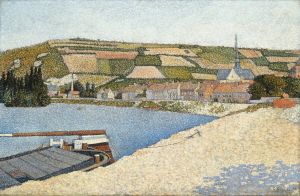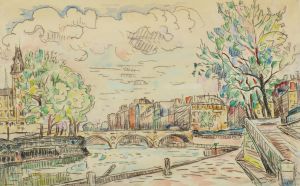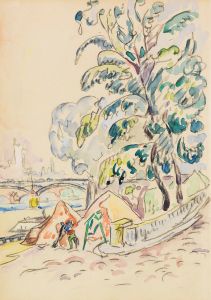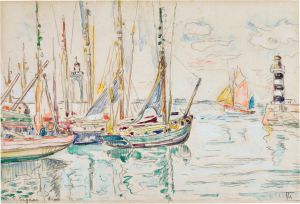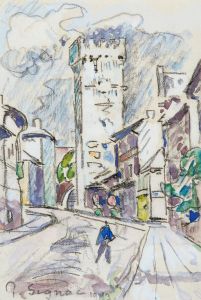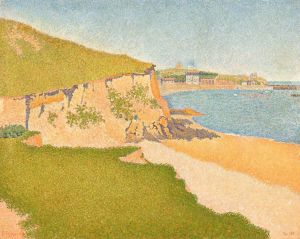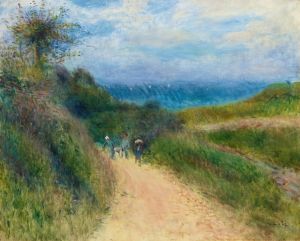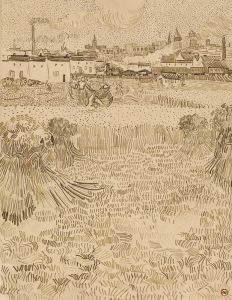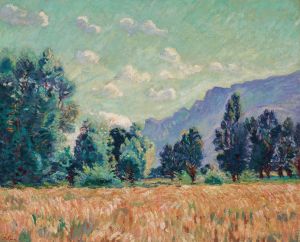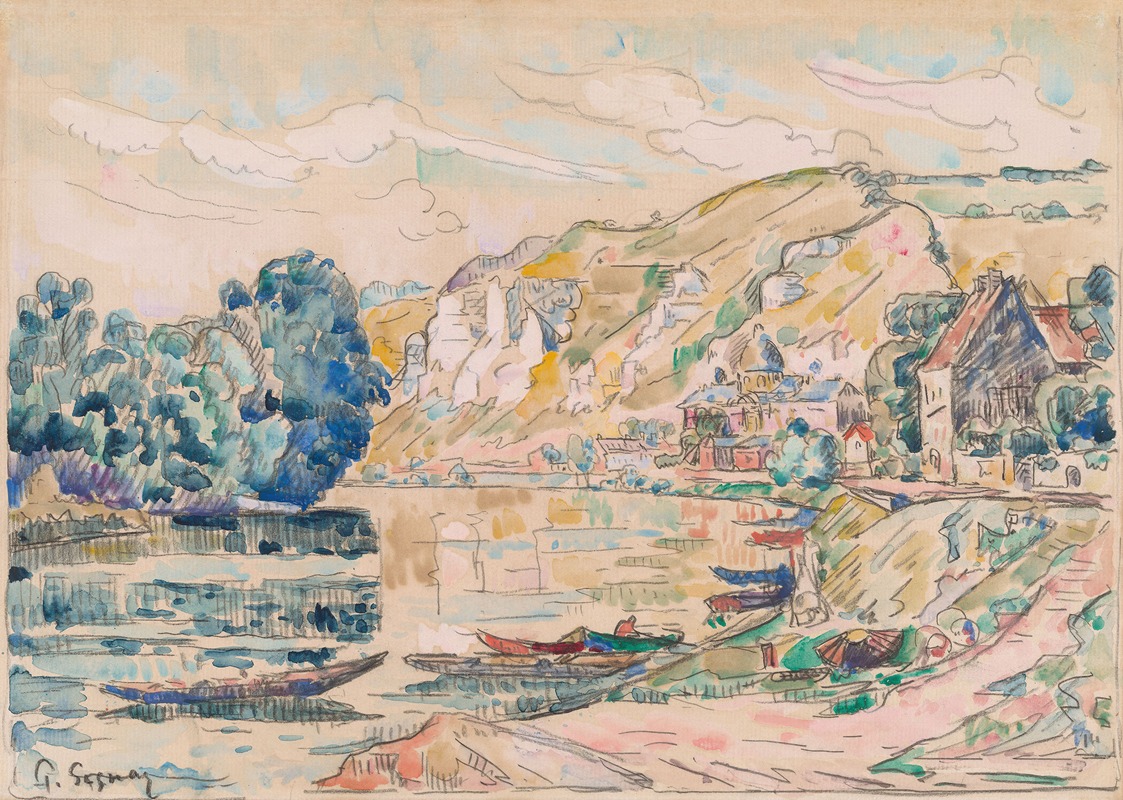
Les Andelys
A hand-painted replica of Paul Signac’s masterpiece Les Andelys, meticulously crafted by professional artists to capture the true essence of the original. Each piece is created with museum-quality canvas and rare mineral pigments, carefully painted by experienced artists with delicate brushstrokes and rich, layered colors to perfectly recreate the texture of the original artwork. Unlike machine-printed reproductions, this hand-painted version brings the painting to life, infused with the artist’s emotions and skill in every stroke. Whether for personal collection or home decoration, it instantly elevates the artistic atmosphere of any space.
Paul Signac's painting "Les Andelys" is a notable example of his work in the Neo-Impressionist style, which he helped to pioneer alongside Georges Seurat. Signac, born in 1863 in Paris, was a prominent French painter who played a crucial role in the development of the Pointillist technique, a method characterized by the application of small, distinct dots of color that are applied in patterns to form an image.
"Les Andelys" depicts a picturesque scene of the town of Les Andelys, located in the Normandy region of France. This town is known for its scenic beauty and historical significance, particularly due to the presence of the Château Gaillard, a medieval fortress built by Richard the Lionheart. Signac's choice of this location reflects his interest in capturing the serene and idyllic aspects of the French landscape.
The painting exemplifies Signac's mastery of color and light, achieved through the meticulous application of the Pointillist technique. By using small dots of pure color, Signac was able to create a vibrant and luminous effect, allowing the viewer's eye to blend the colors optically. This technique was rooted in contemporary color theory and was intended to produce a greater sense of harmony and luminosity than traditional methods of mixing pigments on a palette.
Signac's work is often associated with the broader artistic movement of Post-Impressionism, which sought to extend the boundaries of Impressionism by exploring new techniques and subject matter. Unlike the Impressionists, who often focused on capturing fleeting moments and the effects of light, Signac and his contemporaries were more interested in the structural and scientific aspects of painting. This is evident in "Les Andelys," where the composition is carefully constructed, and the use of color is both deliberate and systematic.
Throughout his career, Signac was deeply influenced by the scientific theories of color and perception that were being developed during his time. He was particularly inspired by the work of chemist Michel Eugène Chevreul and physicist Ogden Rood, whose studies on color contrast and optical mixing informed the Pointillist technique. Signac's paintings, including "Les Andelys," reflect his commitment to these principles, as he sought to create works that were both aesthetically pleasing and intellectually rigorous.
In addition to his contributions as a painter, Signac was also an influential art theorist and writer. He authored several important texts on the Neo-Impressionist movement, including "D'Eugène Delacroix au Néo-Impressionnisme," in which he articulated the theoretical underpinnings of the style and its connections to earlier artistic traditions. His writings helped to establish the intellectual foundation for Neo-Impressionism and solidified his reputation as one of its leading figures.
"Les Andelys" is a testament to Signac's skill as a painter and his dedication to the principles of Neo-Impressionism. The painting not only captures the tranquil beauty of the French countryside but also exemplifies the innovative techniques and ideas that defined Signac's artistic vision. Today, his work continues to be celebrated for its contribution to the evolution of modern art and its enduring influence on subsequent generations of artists.





